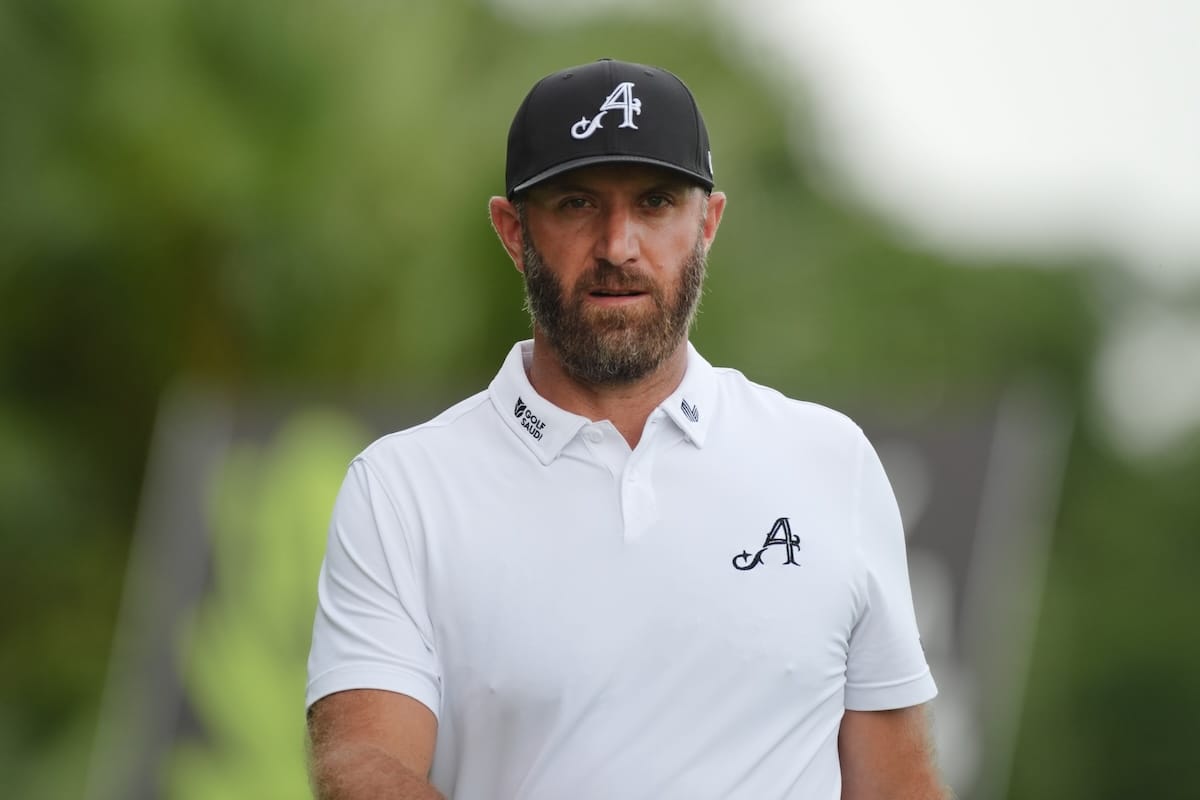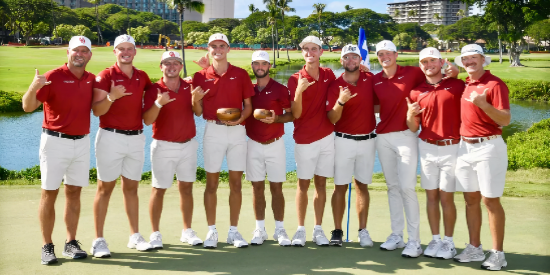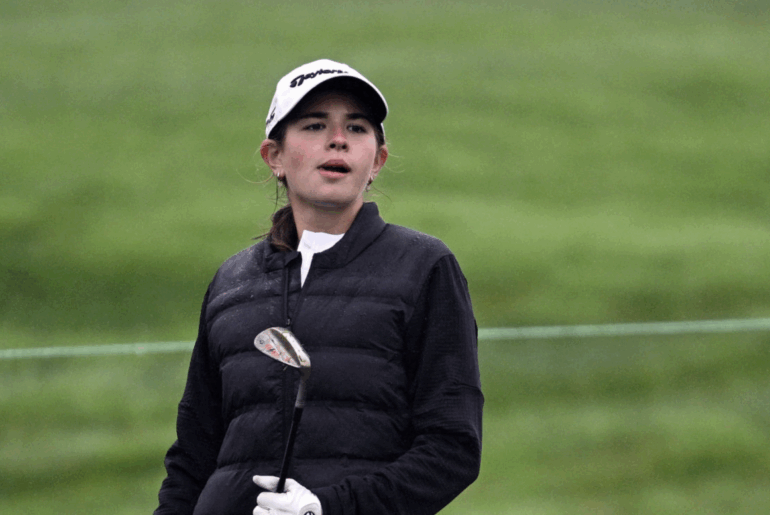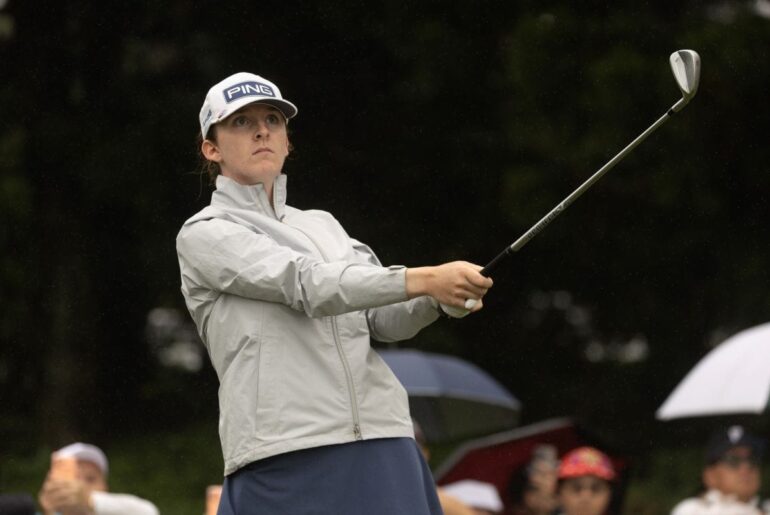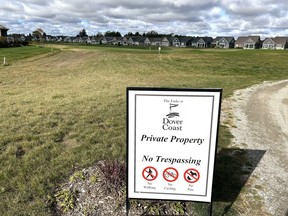If LIV’s financial records are anything to go by – you can look up the publicly available records of the International arm which is registered at Companies House in the UK and see that they lost $461.8 million in 2024 alone – the league is haemorrhaging money faster than a high roller on the Vegas strip, but the show goes on.
Backers with the deepest pockets in the world helps, but even a sovereign wealth fund that manages $1.15 trillion-worth of assets must have a breaking point.
I’m not business savvy enough to know if the tide will turn in the long run, but how long will they continue to take the punches before deciding that throwing in the towel is the prudent move?
Not anytime soon, it seems. Why? Well, Dustin Johnson, one of the original crew to jump ship back in 2022, has just penned a new, multi-year deal believed to be worth over $100 million.
And why wouldn’t he? DJ never made any apologies for it – he plays golf for the money and when the price is right, he’ll take that offer. Combined with his initial signing bonus, rumoured to be $125 million, and his $60 million in tournament earnings over the four years, it’ll take him close to the $300 million mark with future prize money to come.
Jon Rahm’s contract is believed to run through the 2027 season, and Bryson DeChambeau, whose contract expires at the end of 2026, is reportedly in negotiation to extend his.
I’d argue that, along with Phil Mickelson and Brooks Koepka, these are LIV’s ‘big five’, even if the likes of Joaquin Niemann, Talor Gooch and Dean Burmester have credible claims that their results have been significantly better than at least two of the quartet over an extended period.
Some people love watching LIV – and that’s all well and good if you’re one of them. I’d be lying if I said I don’t tune in occasion, but it’s either professional responsibility- or leaderboard-driven.
If it’s Rahm and Bryson at the top of the leaderboard and, simultaneously, Max McGreevy and Ben Griffin are battling it out on the PGA Tour, I’ll unashamedly choose LIV. But, now four years in, it still fails to really excite me. It still means very little, and as a consequence, most PGA Tour events mean less as a result.
A common refrain from many golf fans watching the Ryder Cup was just how much they missed Jon Rahm. You can still watch Rahm playing close to 20 times a year, of course, but it’s hard to get really invested unless it’s a major or the Ryder Cup.
Scottie Scheffler has won 10 times – not including majors – over the past two seasons. Would he have won all 10 of those if Jon Rahm had been in the field? Maybe. But maybe not.
I make no bones about it. I too miss Jon Rahm. I miss seeing him in big-time events. We get him at Augusta National, at the PGA Championship, U.S. Open and Open Championship, but we don’t get him at TPC Sawgrass, at Riviera, at Bay Hill, at Muirfield Village…
But I think I miss Dustin Johnson even more, because Rahm continues to be among the headline favourites when he tees it up outside of LIV whereas DJ is rapidly becoming an afterthought.
Don’t get me wrong, when he was motivated, he was incredible. Jordan Spieth and Brooks Koepka may have won more majors than DJ in the last decade, but only Rory McIlroy and Scottie Scheffler can boast equal or higher sustained levels of high-quality play during that period.
He’s still supremely talented, of course, but I’d argue that DJ’s desire to put in the work required to elevate himself above the others whose talents came close to matching his was directly related to the financial benefits he reaped as a result.
In LIV’s inaugural season, he only won once but was comfortably the leading player in the rankings, won once again in ’23 and finished fifth, once again in ’24 and finished 14th, and had his first season without a win in ’25, finishing one place ahead of Lucas Herbert and one place behind Marc Leishman.
No offence to either of the aforementioned Aussies, but they shouldn’t be in DJ’s league.
His talent alone will mean that he’ll pop up with the odd top five finish and maybe even a win but reports on the ground at his home club suggest that he’s conspicuous by his absence on the practice grounds and it’s telling. It’s hearsay, of course, and would require greater foundation if it was to be presented in court, but the hardcore evidence tends to lend credence to it.
Again, that’s his prerogative, and not all players who become rich beyond their wildest dreams lose the work ethic that got them there in the first place, but another $100 million in DJ’s bank account is unlikely to help matters.
But my appreciation for the laid-back North Carolinian is as much to do with what he brought off the course as what he brought on it.
Any week DJ was teeing it up on the PGA Tour, one of my guilty pleasures was to look up his interview transcripts and often take delight in his deadpan answers.
Some highlights include him being asked what he considered his Augusta National ‘par’ to be after DeChambeau infamously branded it a par-67.
“The par is 72 when you add up the numbers on the holes,” he said. He wasn’t wrong.
Then there was his classic tip on hitting a fade: “The most important thing you have to do hitting a fade is make sure you fade it.” Again, not wrong.
And even more recently, his appearance in the Philippines for – contractually obligated, I’m sure – the Asian Tour’s International Series event, delivered these nuggets when asked what he thought of the golf course.
“It is a golf course,” he replied. Fact check? Yeah, it is definitely a golf course. And his strategy? “I have got a good caddie, so hopefully he will go out and scout the course, tell me where to hit it. Then as long as my game is in good form, I’ll be able to hit it there.”
He’s never been a man to unnecessarily complicate things, and you have to love him for that.

